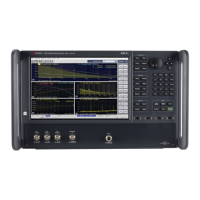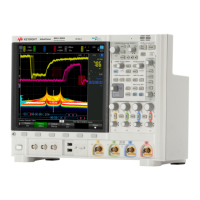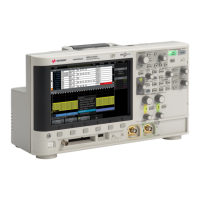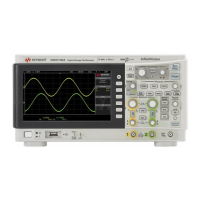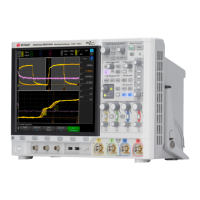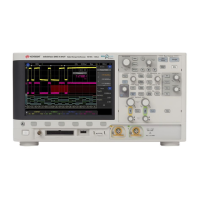Keysight EXG and MXG X-Series Signal Generators User’s Guide 293
Using Custom Digital Modulation for N5172B/82B with Option 431 and 653/655/656/657
Using Finite Impulse Response (FIR) Filters with Custom Modulation
Occupied Bandwidth = Symbol Rate x (1 + α)
The NADC and TETRA standards specify an alpha of 0.35. PDC and PHS standards specify an alpha
of 0.50. For each of these standards, the Keysight X-Series signal generator provides a root Nyquist
filter with the designated alphas as the default premodulation filter. Figure 9-32 shows the Nyquist
impulse response for several values of alpha.
Notice that the half-amplitude point is always at the half-symbol rate. Since all of the information
is contained within the half symbol rate bandwidth, alpha is a measure of the additional occupied
bandwidth.
Another type of FIR filter, which is specified in the GSM and DECT standards, is the Gaussian filter.
Gaussian filters typically have more inter-symbol interference than Nyquist filters, but their
adjacent channel power performance is better for constant-amplitude modes like MSK, where
Nyquist filtering of I and Q is not possible. The bandwidth bit time (BbT) product (similar to α) is
defined by the GSM standard as 0.30 and by the DECT standard as 0.50. For each of these
standards, the Keysight X-Series signal generator provides a Gaussian filter with the designated
BbT product as the default premodulation filter.
Figure 9-32 Nyquist Filter Impulse Response
Selecting a Filter and the Alpha (α) or Bandwidth Bit Time (Bbt) Product
Due to individual system design requirements, you may decide to change the filter or the filter α or
BbT. You can adjust the alpha from 0 to 1 and the BbT from 0.1 to 1.
To change the filter alpha:
1. Preset the instrument.
2. Press Mode > Real-Time Custom Modulation > Modulation Setup > Filter > Select Nyquist >
Filter Alpha.
3. Enter a new value between 0 and 1. Press Enter.
4. To restore the default filter values, press Restore Default Filter.
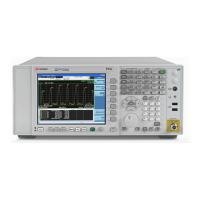
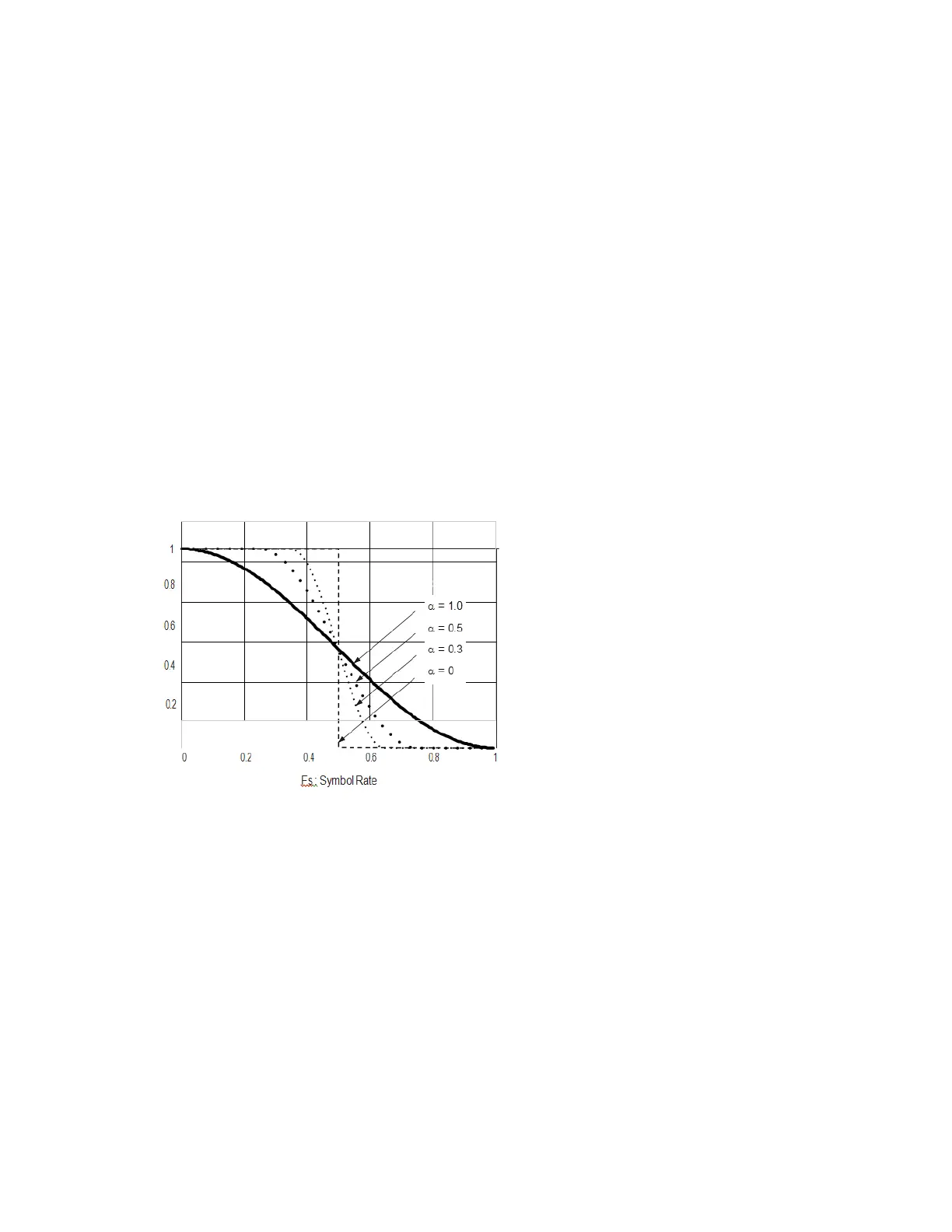